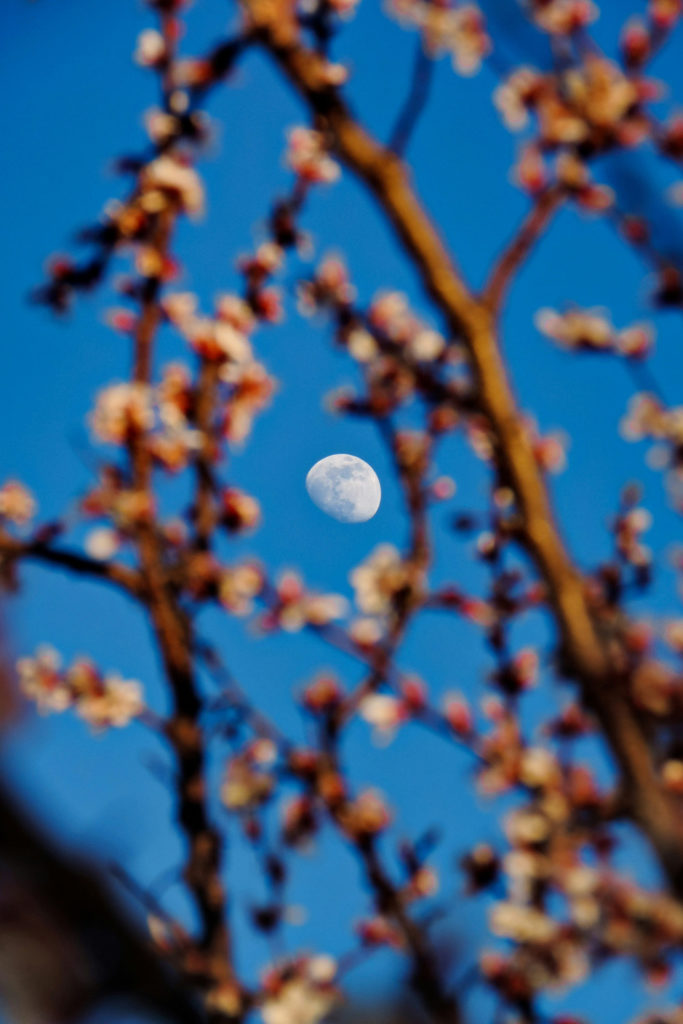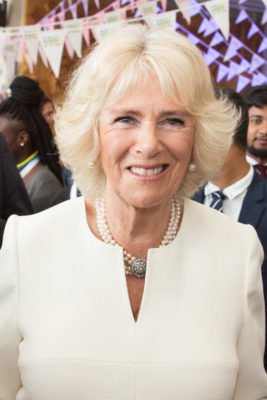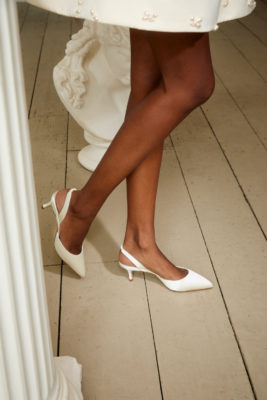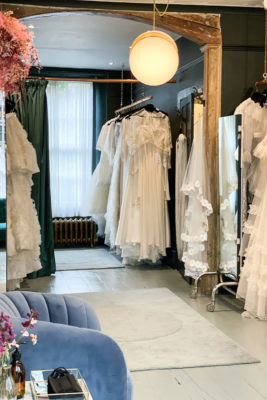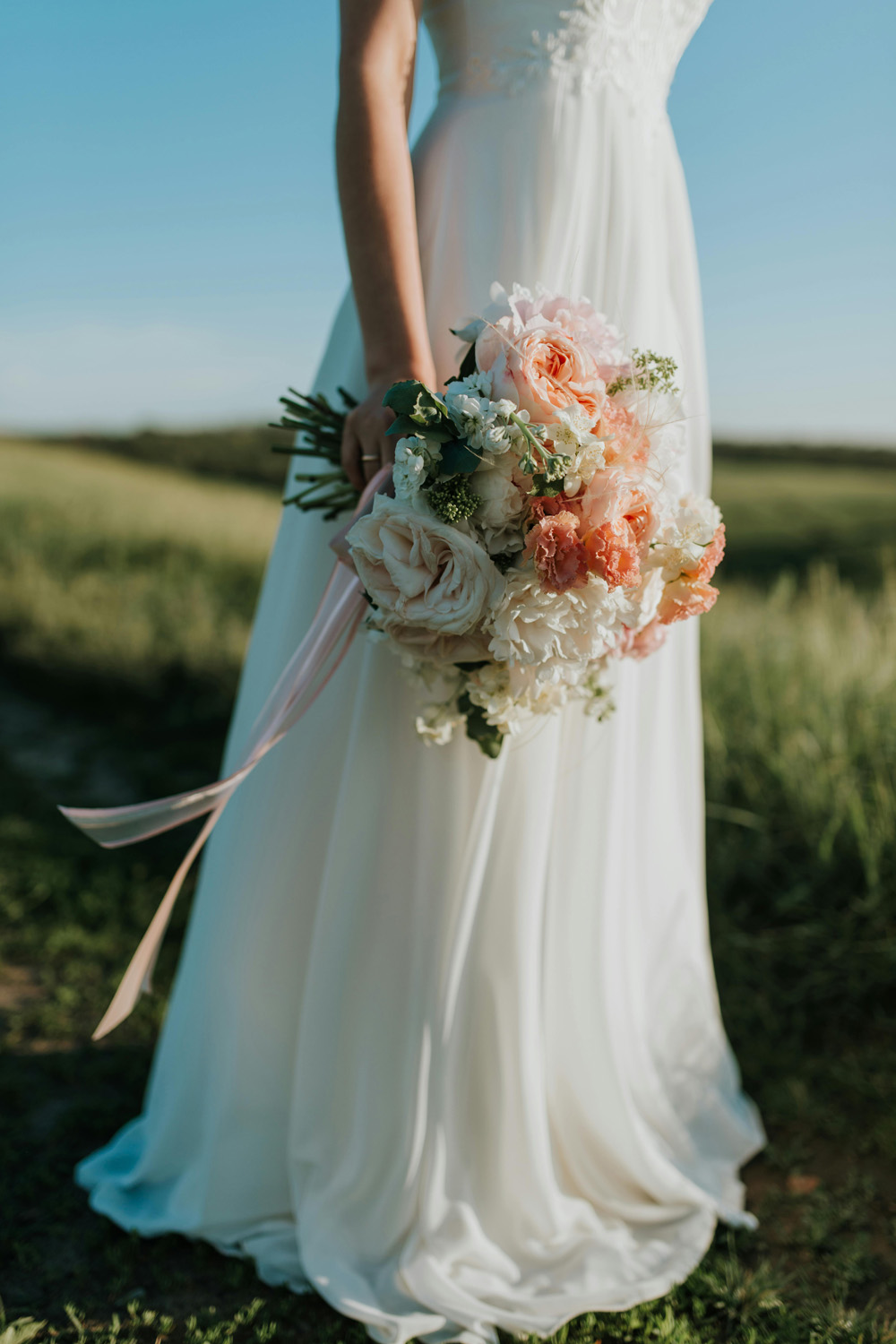
How To Grow Your Own Wedding Bouquet
By
2 days ago
Garden your way to a wedding bouquet
The venue, the rings, the champagne and the all-important dress: a 21st century wedding is all wrapped up in expenditure. The secretly costly necessity of the bunch? The flowers. Whether it’s blooms decorating the aisle, the reception, or the bouquets the bridesmaids and bride herself carry to the altar, fresh flowers are, frankly, incredibly expensive, totting up to an average of £1,130 here in the UK. For an added touch of individuality, try this money-saving DIY for size: growing your own wedding bouquet. Here’s how to do it – plus when to get gardening.
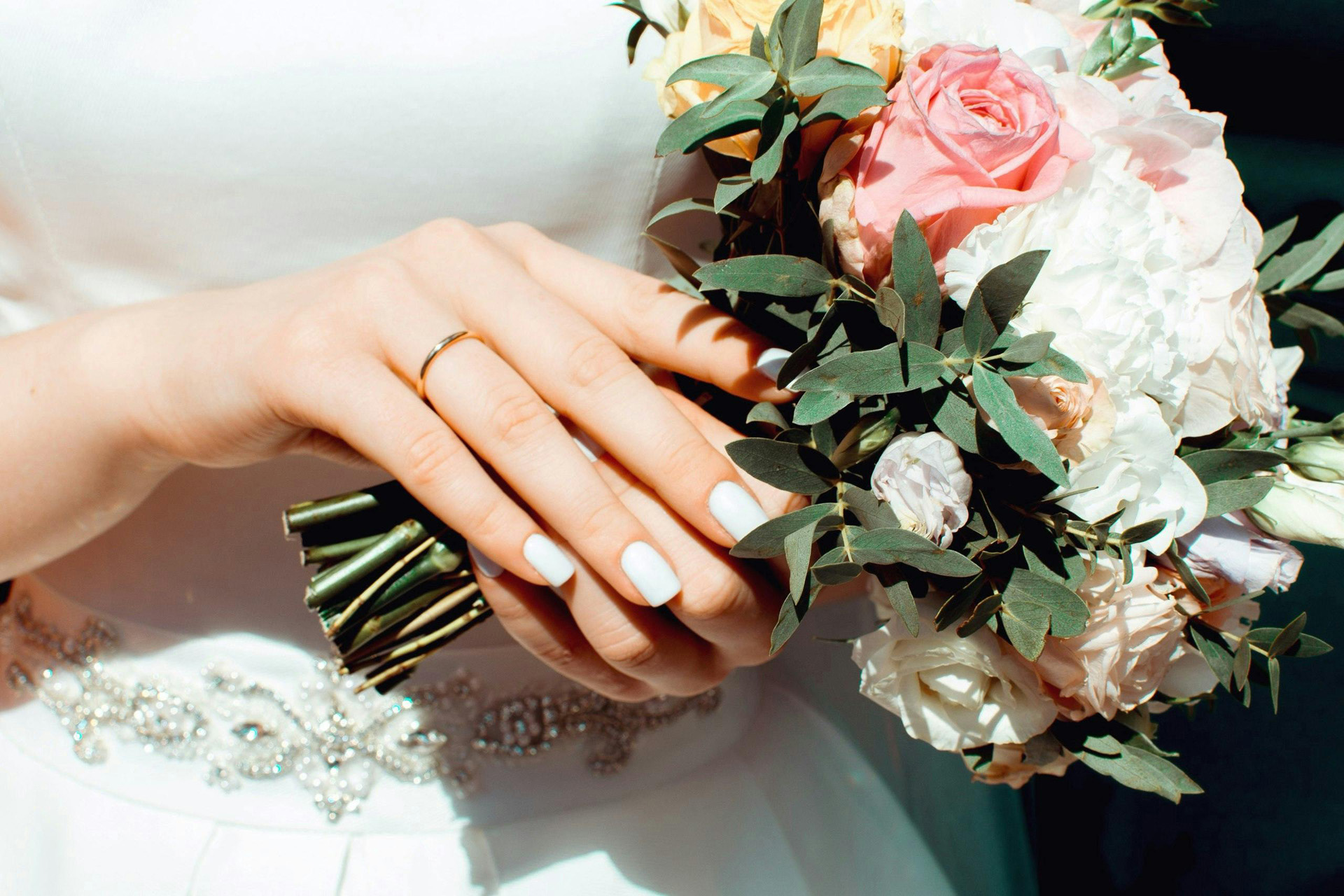
How To Grow Your Own DIY Wedding Bouquet
‘According to Hitched, the average UK wedding costs £23,250, which we can expect to see grow even higher this year,’ says Ella Citron-Thompkins from lab-grown diamond specialists, Diamonds Factory. ‘That’s why we wanted to partner with Gloria Sims (florist and owner of Florist Empire) to share some imaginative ways to save on your wedding by quite literally getting your hands dirty.
‘A great benefit of growing your own flowers is being able to have a more personal connection with this element of your special day,’ Ella says. ‘You can choose flowers which are meaningful to you, your partner, or your family. DIY’ing your bouquet means you can watch them bloom over the months in the lead-up to the wedding, and match them to your desired theme.’
Gardening Tips
‘When it comes to growing flowers for your wedding bouquet, recommended timings will differ per flower but overall the best practice is early planning and planting,’ says florist Gloria Sims. ‘All require high insulation (at least six hours a day) along with well-drained soils to allow it to grow best. Organic compost will enkindle with the earth and keep plants healthy. Constantly deadheading and trimming the flowers will encourage more blooms–don’t forget to water them regularly, especially during dry spells.’
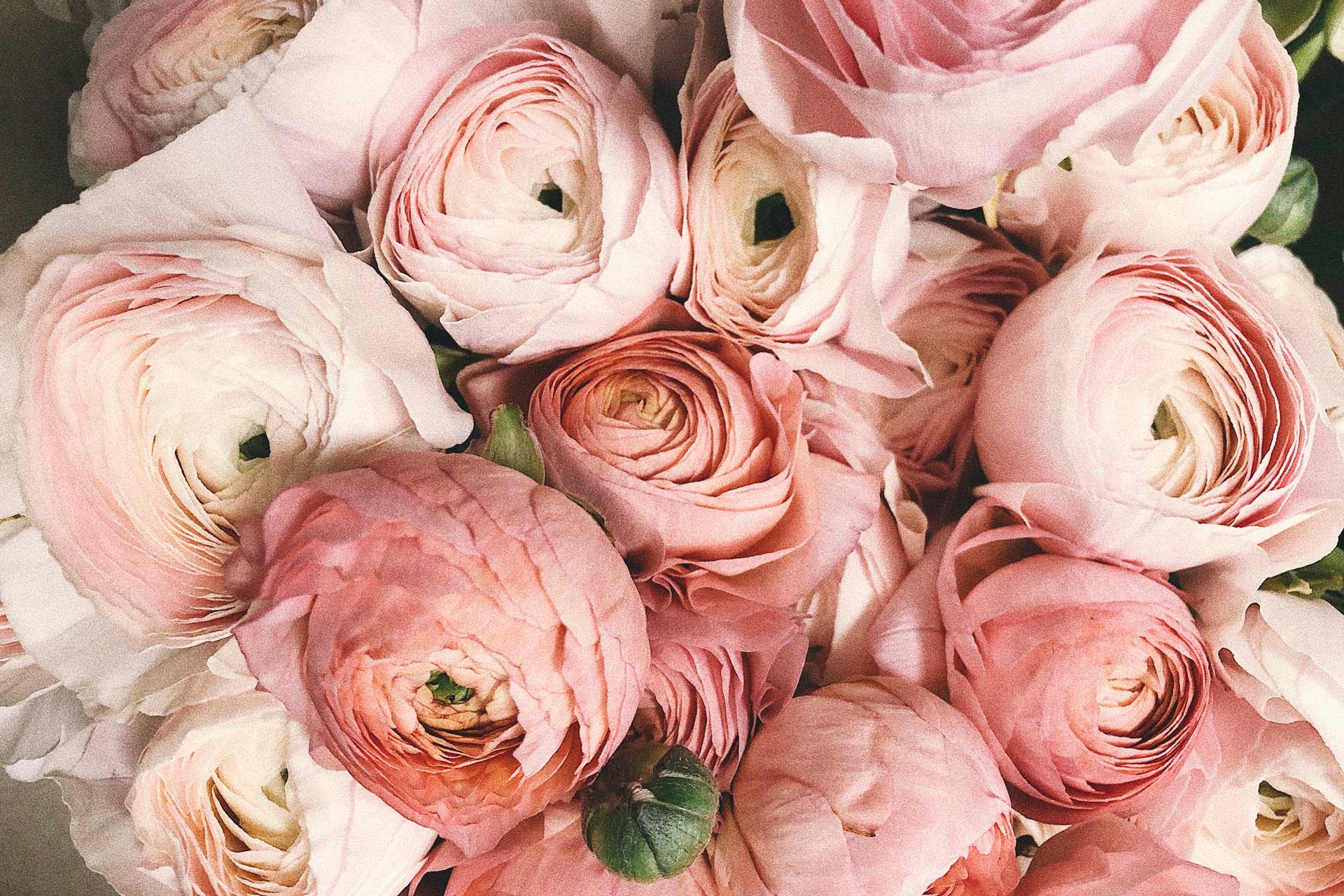
The Best Flowers For A DIY Wedding Bouquet
Roses
‘Roses are a great option for homegrown wedding bouquets,’ Gloria says. ‘They give a timeless note, a spectrum of colours, a nice fragrance, and even lastingness when cut. You should generally start growing roses in early spring and by summer have flowers, but require some months of care before they can get along with the process.’
Peonies
‘Peonies work perfectly for achieving a romantic, soft look, and come in shades of white, pink, and coral, to compliment a variety of wedding colour schemes,’ Gloria suggests. ‘Like many plants, peonies require their planting to be done before winter so that they flower by late spring or early summer.’
Lavender
‘If soft colours and pretty scents are your preference, the best choice is lavender,’ Gloria recommends. ‘It’s very easy to grow, and ideal for rustic and vintage-themed weddings. Add some greenness with sprigs of eucalyptus, ivy, or ferns for texture and a fresh, natural feel to your bouquet.
‘Lavender is hardy; it can be planted early in spring or even by fall before winter, depending on your area, and will flower throughout summer,’ Gloria adds.
‘We’re seeing a big trend in more rustic, homemade and whimsical wedding styles, as opposed to the more clean, minimalistic styles,’ Ella adds. ‘A lavender bouquet makes a perfect choice for brides looking for a handmade bouquet with a more rustic feel.’
Timings
‘Key elements for bouquet making would be the timing and the technique,’ Gloria says. ‘I usually prefer cutting the flowers just after the dew has dried, in the early morning hours, because those flowers would be freshest. For example, roses and lilies should be cut when their buds are still rather tight, though beginning to open, to have these last longer in a bouquet. When fully opened buds are soft to the touch but not entirely open, they should be cut.’
Making The Bouquet
‘After gathering flowers, I start off by creating a central focal point from the larger blooms such as peonies or roses,’ Gloria says. ‘Then, I layer smaller flowers like lavender and daisies to fill in the gaps surrounding the large blooms. Lastly, greenery is added to complete the bouquet process for a natural lush view of the bouquet. I would use floral tape for making the stems tight and making sure that the bouquet does not dislodge easily.
‘If you’re looking to give a polished appearance, then wrap the stems with satin or velvet ribbon to match the wedding theme,’ Gloria says. ‘While arranging it, and before bringing it for ceremony use, you should always keep the bouquet in water to hydrate the flowers.’


